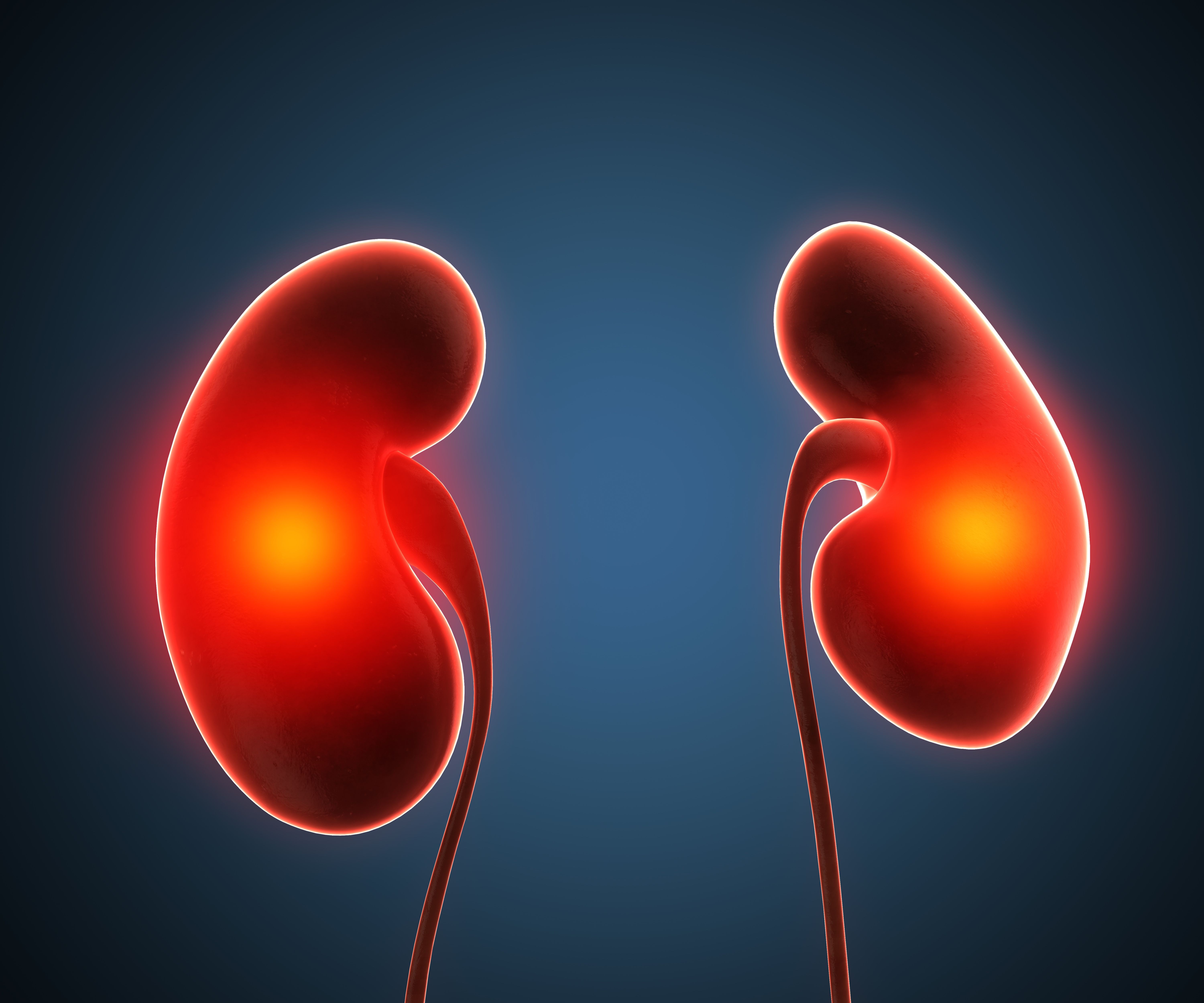News
Article
Adherence to Phototherapy for Psoriasis Influenced by Patient Variables
Author(s):
A small percentage of participants with psoriasis reported adequate adherence, with nearly half showing low adherence to phototherapy treatment.
Credit: Karolina Kaboompics/Pexels

A recent cross-sectional investigation evaluated the factors impacting adherence to phototherapy in patients with psoriasis, in an effort to increase treatment compliance and improve clinical symptoms for this patient population.
Various factors, including difficulty attending therapy and experiencing anxiety or depression, were key influences on phototherapy compliance in psoriasis treatment. Only a limited percentage of patients with psoriasis in this investigation showed adequate adherence, with approximately half showing low adherence.
“Based on the results obtained, it can be concluded that most of the sample did not follow the recommended guidelines to the fullest extent possible in order to maximize treatment effectiveness,” wrote the investigative team, led by Raquel Alabau-Dasi, department of nursing and podiatry, University of Malaga. “After searching for potential influences on this factor, we have concluded that further research into psychological, social, or economic factors is required.”
Psoriasis’ complex etiology involves both genetic factors and environmental triggers and its pathophysiology makes it more likely for patients to develop numerous concomitant diseases and comorbidities. Psoriasis outbreaks, dependent on severity, can leave patients with a notable emotional burden, which can persist after the symptoms are cleared.
Treatments, such as phototherapy, can alleviate psoriasis-related symptoms, by projecting ultraviolet radiation onto a body surface, without prescribing systemic or biological treatments. On the other hand, phototherapy requires commitment and consistent visits from the patient, as positive effects can take weeks, potentially impacting treatment adherence.
In the current cross-sectional study, a convenience sampling of 72 patients with psoriasis identified between 2009 and 2022 at a phototherapy service in Spain was included for analysis. These patients were diagnosed with psoriasis, aged ≥18 years, and received phototherapy with a wavelength of ultraviolet type UVB narrow-band.
A self-reported questionnaire was used to collect data on sociodemographic characteristics, transportation, and ease of attendance at therapy. Adherence level, outcomes at treatment end, and anxiety or depression, measured by the Goldberg Anxiety and Depression Scale (GADS), were additionally evaluated by investigators.
The Short Form Health Survey SF-12 helped determine the patient’s perceived health status—an average score of 50 makes any lower score indicative of health perception below the general population. The Dermatology Life Quality Index (DLQI) was used to evaluate how psoriasis affects quality of life, with a final score ranging from 0 (no impact on quality of life) to 30 points (large impact on patient's life).
Of the study population, 57% were women and 43% were men, with an average age of 46 years. Palmar-plantar psoriasis affected 22.2% of participants, while 77.8% exhibited psoriasis elsewhere on their body. Considering the timeline of psoriasis, approximately 72% of the population had the disease for ≥5 years.
Using the DLQI, 6.9% of patients said psoriasis had no impact on their quality of life, while 29.1% reported a moderate effect and 33.3% a very large effect. Their perceived health status, as determined by the SF-12, was worse than the overall population’s perceived health, for both men (48.6 points) and women (45.7).
GADS showed an elevated incidence of anxiety-depressive symptoms, with 75% of participants demonstrating anxiety, while 48.6% had depression. Women experienced higher levels of both anxiety and depression than men, and statistically significant overall worse health than men using the DLQI (P = .012).
Overall adherence rates showed that 54.7% of patients had low adherence, 21.9% had moderate adherence, and 23.4% had adequate adherence—women exhibited greater levels of adherence than men. A linear regression analysis revealed factors that harmed adherence rates included the presence of anxiety (P = .025), depression (P = .014), taking public transport in the same city (P = .03) or another town (P = .021), and having a stable partner (P = .001).
“Despite the fact that women presented a worse situation with respect to the aforementioned variables, they were more adherent to treatment than men,” investigators wrote. “Therefore, it is determined that distinct strategies to improve adherence to phototherapy ought to be contemplated for men and women.”
References
Iborra-Palau EV, Garcia-Redondo E, Alabau-Dasi R. Factors Influencing Adherence to Phototherapy in Patients With Psoriasis: A Cross-Sectional Study. J Adv Nurs. Published online September 24, 2024. doi:10.1111/jan.16472





